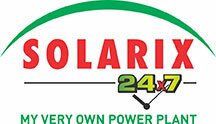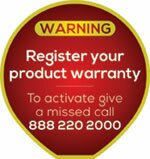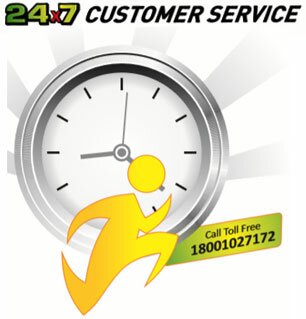
Ownership:
-
Q: What are the maintenance procedures and costs?
Ans. Solar PV systems are solid-state technology, have no moving parts and require no maintenance beyond cleaning, which can typically be done with a garden hose. Most systems should be cleaned 2-4 times a year, concentrated in the drier seasons. Systems in agricultural areas will likely require monthly cleaning. (We have an automated washing solution – ask us about it.)
Inverters are also solid state and require little to no maintenance beyond regularly checking the cooling fan outlets and cleaning when necessary. Mounting hardware is either aluminum or stainless steel and is rustproof. -
Q: Does cleaning the modules require any special expertise or equipment?
Ans. A garden hose will typically do, though some customers prefer to use a high-pressure sprayer from the ground when the array is accessible.
-
Q: What parts will break first?
Ans. The inverter(s), which typically have a useful life of 15-20 years, will be the first thing to fail.
-
Q: What about rust and oxidization?
Ans. All hardware is made for outdoor use and is made of either rust-proof stainless or galvanized steel or aluminum.
-
Q: What is the difference between solar panels versus building integrated photovoltaic products?
Ans. Solar panels are flat panels of photovoltaic arrays mounted on a roof or a pole to capture the sun’s rays. Building integrated photovoltaic materials are PV arrays that are integrated into the building material itself, primarily windows, roof tiles, or walls. Solar panels work well for retrofits or remodels while BIPV are appropriate for new construction or a major renovation.










